Factors Affecting Squat Stance and Form
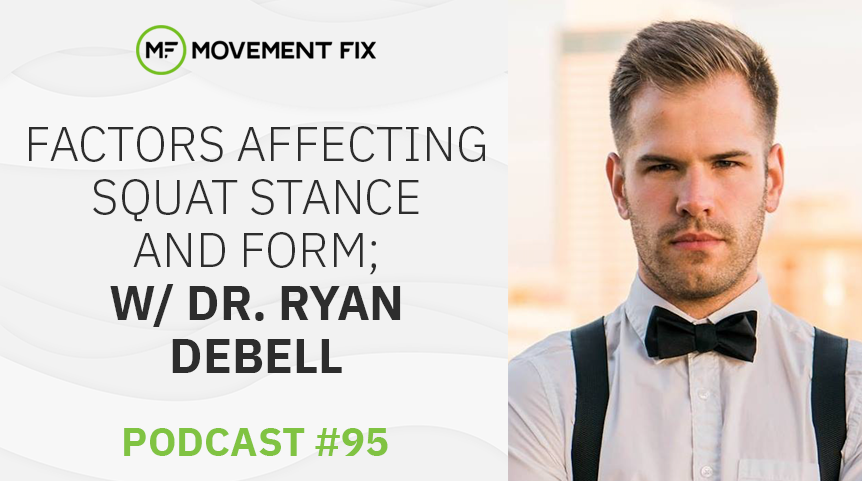
In this episode of the podcast, I discuss 9 key factors that affect squat stance and form. Below are the 9 with links to relevant posts.
Factor 1 - Know how to squat
If an athlete doesn't fundamentally know how to squat, then this is the most relevant thing to work on. No stretch or accessory exercise can take the place of fundamentally learning how to squat keeping the back stiff, letting the hips, knees, and ankles move, getting the feet over the toes, and keeping the heels down.
Factor 2 - Leg/Torso Relative Length
Generally, the longer someone's legs are as an overall percentage of height, the more challenging it will be to squat unless they have a LOT of ankle dorsiflexion. The reason for that is where the center of mass is. If the legs are long compared to the torso, the center of mass will be far behind the feet. The longer the legs (and less ankle dorsiflexion to 'functionally shorten' the legs) the farther back the center of mass will be.
It's easier at times to think using extremes. In your mind's eye, imagine a person with 99% of their height from their legs and another person with 99% of their height from their torso. Imagine how they would squat differently.
Factor 3 - Type of Squat
Let's consider three main squat types: Front Squat, Air Squat, Back Squat.
The shin angle to torso angle will vary from each of these. There isn't some magical ratio between the shin angle and torso angle for a squat. It's a sliding scale.
The more front loaded a squat, the more vertical the torso will be and the more angled the shin will be (meaning you need more ankle dorsiflexion).
So with the front squat, you would expect vertical torso, angled shin.
Air squat would be a more similar torso to shin angle.
Back squat would be a more angled torso and vertical shin.
These are relative comparisons.
Need help with your hip/low back mobility? Download Day 1 of our Hip/Low Back Mobility Program:
Factor 4 - Stance Selection
The stance of a squat greatly affects the execution of a squat.
There are two variables in the stance: degree of toe out and width.
Depending on hip joint architecture (factor 5), different stances will allow for different ranges of motion in different people.
Test varying widths combined with varying degrees of toe out to find the best stance.
Factor 5 - Hip Joint Anatomy
This article explains this topic in depth.
Factor 6 - Hip Joint mobility
Depending on whether or not someone can display 90 degrees of passive hip flexion in a rock back test, they may or may not need hip joint mobility work. I generally recommend the 90/90 hip joint mobility drill to work on this area.
Factor 7 - Hip Adductors
The anatomy of the hip adductors is such that they can and will limit range of motion in a squat. When they're tight, they will either pull the knees inward or make the lumbar spine flex.
To work on the adductors, I progressively work through the rock back adductor stretch, single leg standing straddle stretch, and standing straddle stretch.
Factor 8 - Knee Flexion
If you can't fully flex your knees under load, it can create problems. Here is a post that can help guide you through full knee flexion.
Factor 9 - Ankle Dorsiflexion
The ankles need to dorsiflex when squatting. If they can't, the center of mass will be behind you, causing you to fall backward, excessively lean the torso forward (as a way to counterbalance), or be unable to go deeper.
Typically, ankle dorsiflexion is measured using a lunge test.
The way I would work on ankle dorsiflexion would be some banded mobilization or self mobilization, working on toe movement and dexterity, and learning to load the range of motion.
What to Listen to Next
156 - Jason Feairheller, BS, CSCS - Plyometric and Speed Training Fundamentals
Movement Fix PodcastEpisode #156Plyometric and Speed Training FundamentalsGuest: Jason Feairheller, BS, CSCSPlaces to follow and get in touch with Jason: MultiDirectionalPower.com Instagram @jasonfeairheller You can learn more from Jason in his online course,...
155 - Pat McNamara, PT - What you didn’t know you needed to know about ultra running
Movement Fix PodcastEpisode #155What you didn’t know you needed to know about ultra runningGuest: Pat McNamara, PhysiotherapistPlaces to follow and get in touch with Pat: therunningroom.net Instagram @patmacyep and @therunningroom Learn more from Michael in his online...
154 - Sean O'Mara, MD, JD - Visceral Fat
Movement Fix PodcastEpisode #154Visceral FatGuest: Sean O'Mara, MD, JDPlaces to follow Sean: https://www.drseanomara.com Instagram @drseanomara Learn more from Michael in his online workshop for fitness and rehab professionals. Save 25% with coupon code barbell25....
153 – Richard Ulm, DC, MS, CSCS – Trunk Stability, Strength Training, and other things
Movement Fix PodcastEpisode #153Trunk stability, strength training, and other thingsGuest: Richard Ulm, DC, MS, CSCSPlaces to follow Richard: Athlete-enhancement.com Instagram @athleteenhancement Learn more from Michael in his online workshop for fitness and rehab...
Get all our latest articles sent directly to your inbox
Comments



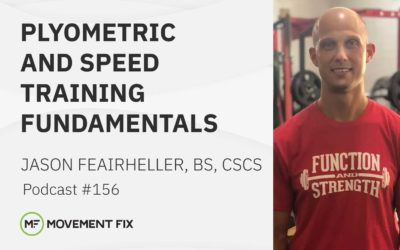
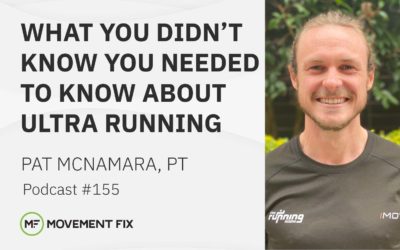

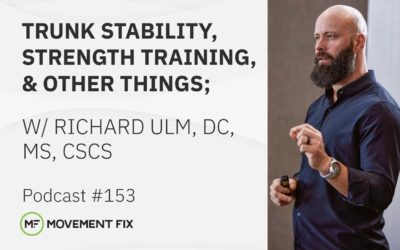

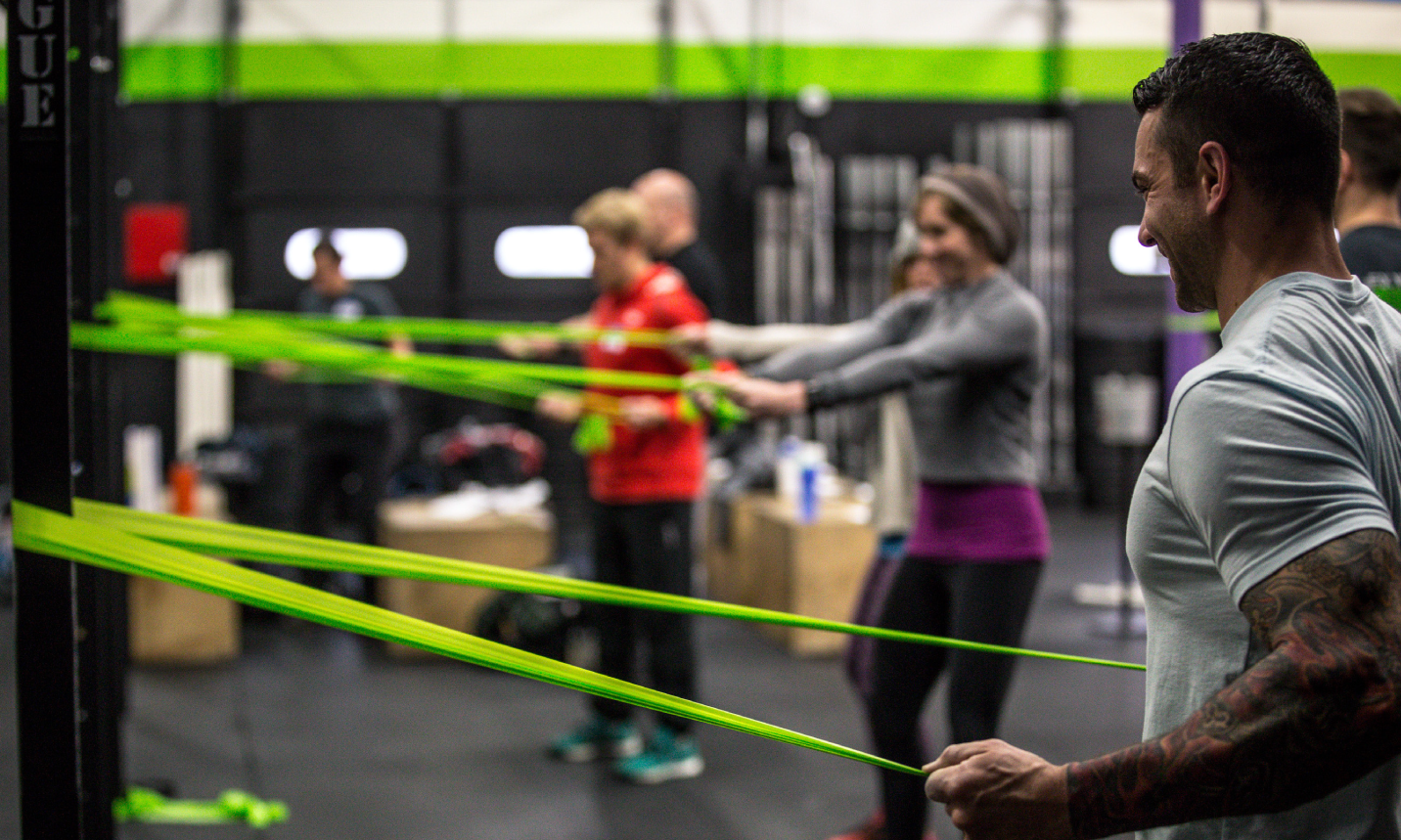
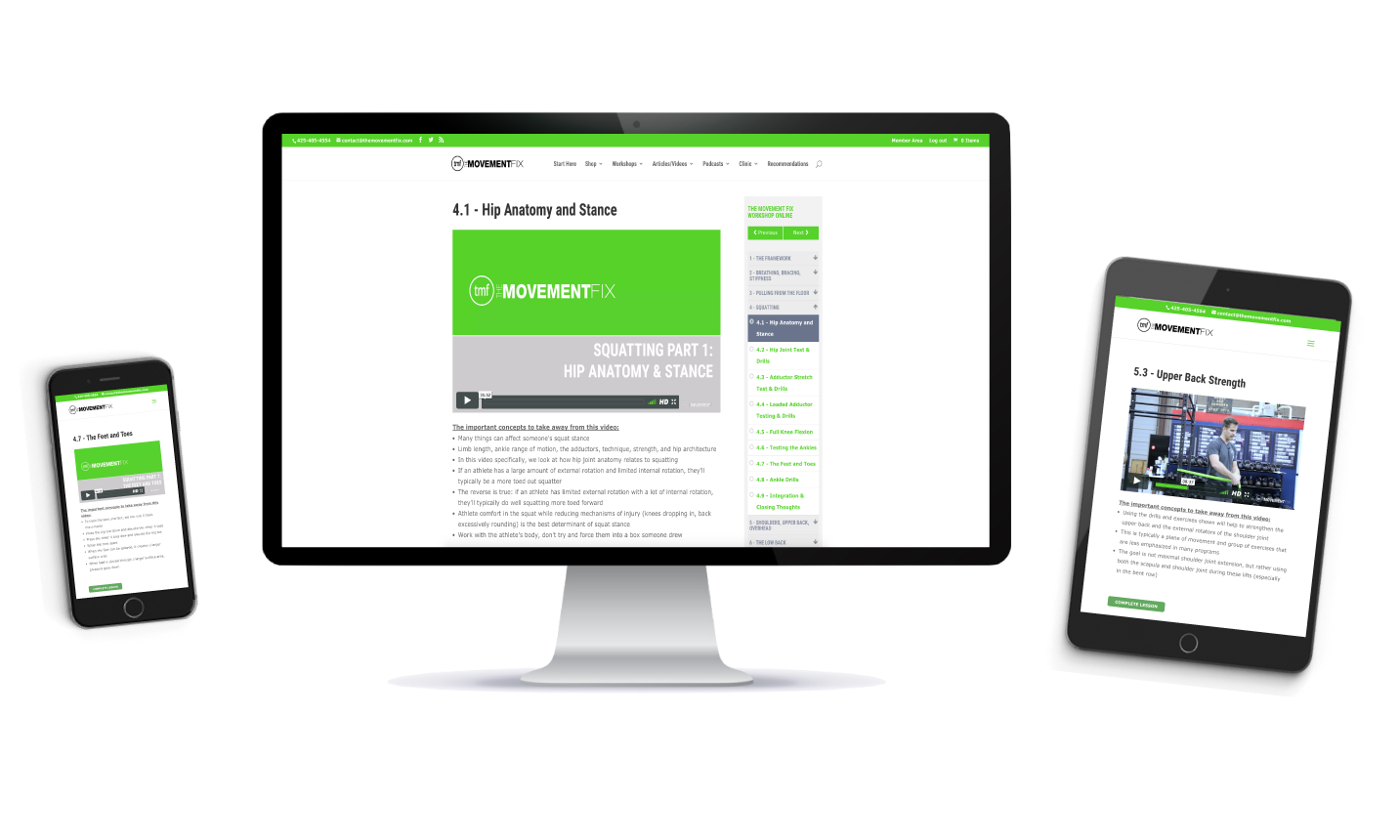
[…] Factors Affecting Squat Stance and Form – Ryan DeBell […]
[…] Factors affecting squat performance […]